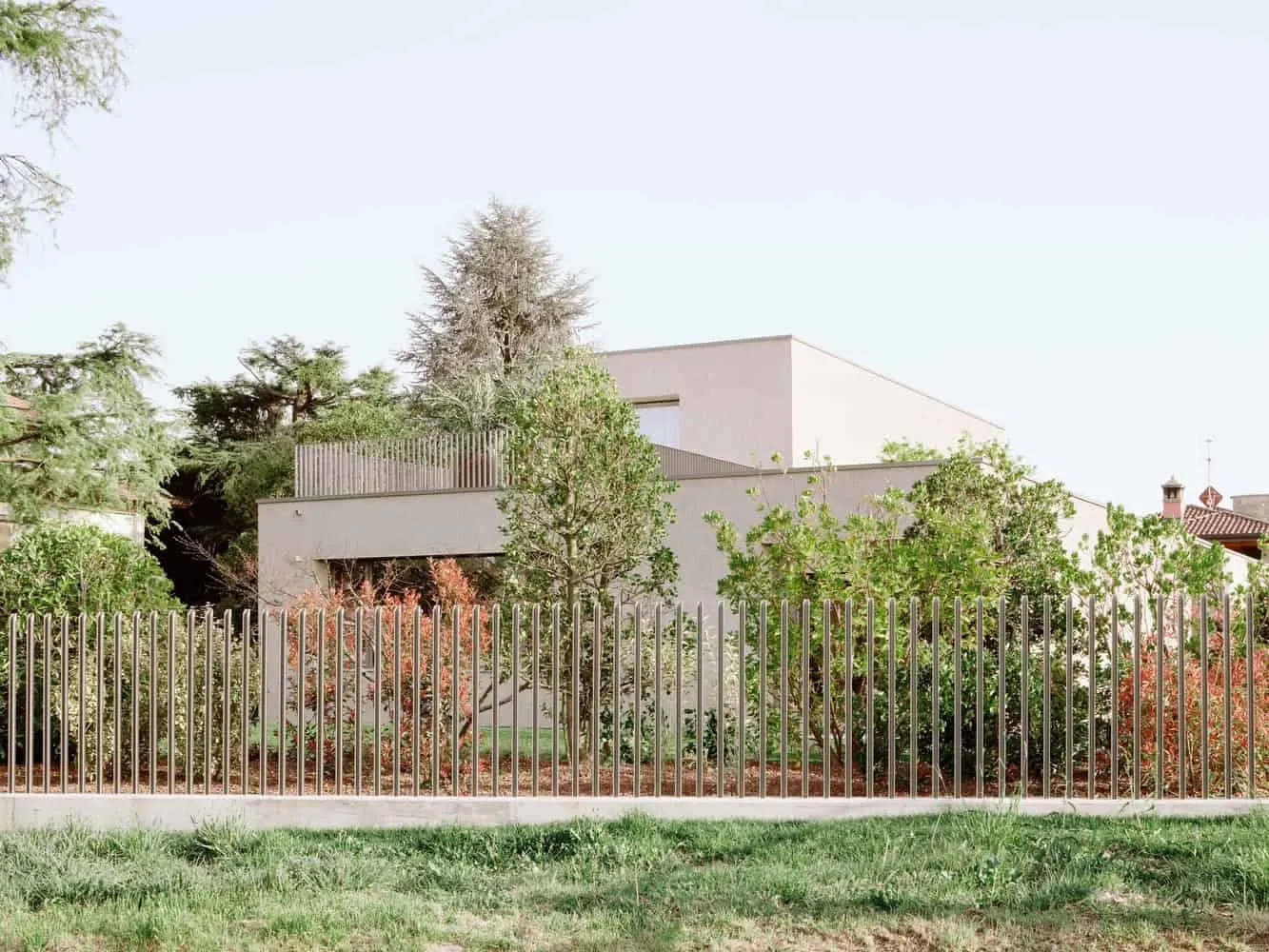There can be your advertisement
300x150
How Art Helps Us Learn and Grow
Art serves as a means for people to express their deep emotions and thoughts. It also leads us on the path of creativity and learning.
Greek scholars claimed that art is a form of expression that allows us to convey our thoughts and feelings. However, the power of art goes far beyond this. Explore the timeline of artistic periods on artincontext.org to learn about the journey and development of art over time.

Here are 8 ways showing how art helps us learn and grow.
1. Art as Learning for Children
Have you ever noticed a young child with a box of colored pencils or markers in hand? If so, you've seen how their face lights up with joy and enthusiasm when they encounter interesting artistic supplies. This alone helps you understand the tremendous impact art has on their development.
Children aren't given a box of markers just to keep parents from being disturbed. On the contrary, art helps children learn and develop abilities such as hand-eye coordination, creativity, imagination, and improves motor skills.
2. Art Education Promotes Visual Learning
Drawing, painting and cutting in art class help develop spatial-visual skills. Art teachers understand that people need to learn much more about the world than what is taught in science and math. Participants learn to analyze, critique, and apply visual stimuli, as well as make decisions based on this information through art education.
3. Music — The Best Mood Changer
I don't think it's easy to find people who don't like music. I love it. Learning to play an instrument gives you a way to express yourself that others don't have. I play guitar and believe me, it's a therapeutic process. Even if I'm not an expert on the guitar, just randomly playing helps me relieve stress and clear my mind.
Moreover, the best thing about music is that you don't even need to play an instrument to enjoy it. Listening to music is also incredibly beneficial and helps reduce stress. Numerous studies have shown that music is an excellent mood enhancer. Listening to positive songs really lifts your spirits and brings you priceless joy.
4. Writing as Expression and Communication
Writing is also a wonderful form of art. When I was a teenager, I always carried a journal in my backpack. At the end of each day, I would write down how my day went and what feelings I had.
I wrote stories and poems. Through them, I could express my emotional pain and other issues through writing. It served as a defense mechanism. You don't need to create a great novel or song; simply recording your thoughts, feelings and opinions can offer wonderful therapy.
5. Becoming a Better Person Through Art
Just looking at a work of art can evoke strong feelings. Colors and themes have an immediate emotional impact on the observer. The key to using these waves of emotion for developing empathy is directing them from the inexplicable to reality. These events motivate and shape us from an early age. They go beyond science and math.
Art helps us develop empathy. I myself became more empathetic after watching films. Often, I sympathize with characters facing difficulties. I cried seeing sad scenes and these experiences made me a kind woman who wants to help those in need.
6. Drawing Promotes Optimism and Satisfaction
A painting is much more than just a picture or a pleasant sight for the eyes. An artist begins with defining goals to improve their drawing skills and become a more experienced painter. The process of creating a painting brings deep lessons.
When someone reaches the next level, they experience a pleasant emotional reaction. The growth of an artist pushes away negative feelings, bringing joy and happiness to the person. Drawing boosts self-confidence and motivates people to improve their abilities. This motivation plays a big role in one's life.
Drawing also creates a calm and open environment where artists can develop their unique ideas. The satisfaction that comes from learning and developing artistic skills creates a sense of fulfillment. Creating aesthetically beautiful works of art that others enjoy brings the artist a feeling of satisfaction and realization.
7. Appreciating Beauty and Positivity
Sculpture, painting, song, poetry or story can be examples of art. Through these forms of art, we move toward seeking beauty and positivity. We can let go of our emotional problems and immerse ourselves in admiration for various forms of art. Art helps us escape into a world of imagination, where there's no negativity and is full of beauty.
8. Art Teaches Persistence and Determination
Becoming an artist can be extremely difficult yet rewarding at the same time. There are moments when you're not in your best creative state or facing difficulties creating fresh ideas. In such times, you wish for a magical box full of creative ideas. Unfortunately, reality doesn't work that way.
However, after going through this tough path, you gain persistence. You learn the importance of perseverance and develop a stronger psychology. This makes you confident that nothing can stop you — you become a more determined person.
Art has no boundaries and helps us go beyond our capabilities. It teaches us many lessons, making us better individuals. Art is often underestimated but plays a big role in shaping us into the best and more mature people we can be.
More articles:
 House on Costa Brava by GCA Architects in Spain
House on Costa Brava by GCA Architects in Spain House in Capilla del Monte by Marcius Nancer in Argentina
House in Capilla del Monte by Marcius Nancer in Argentina House in Halapa, Mexico by Lopez Gonzalez Studio
House in Halapa, Mexico by Lopez Gonzalez Studio House in Zenpuku-dzhi by aoyagi design in Japan
House in Zenpuku-dzhi by aoyagi design in Japan House in Ashdod by Zahavi Architects in Israel
House in Ashdod by Zahavi Architects in Israel Jacaranda House by Ramón Esteve Estudio: Light, Shadow and Stone in Valencia
Jacaranda House by Ramón Esteve Estudio: Light, Shadow and Stone in Valencia House "Lake in the Sky" by David Ramirez Arquitectos in Retiro, Colombia
House "Lake in the Sky" by David Ramirez Arquitectos in Retiro, Colombia House LC by studioforma in Bergamo, Italy
House LC by studioforma in Bergamo, Italy